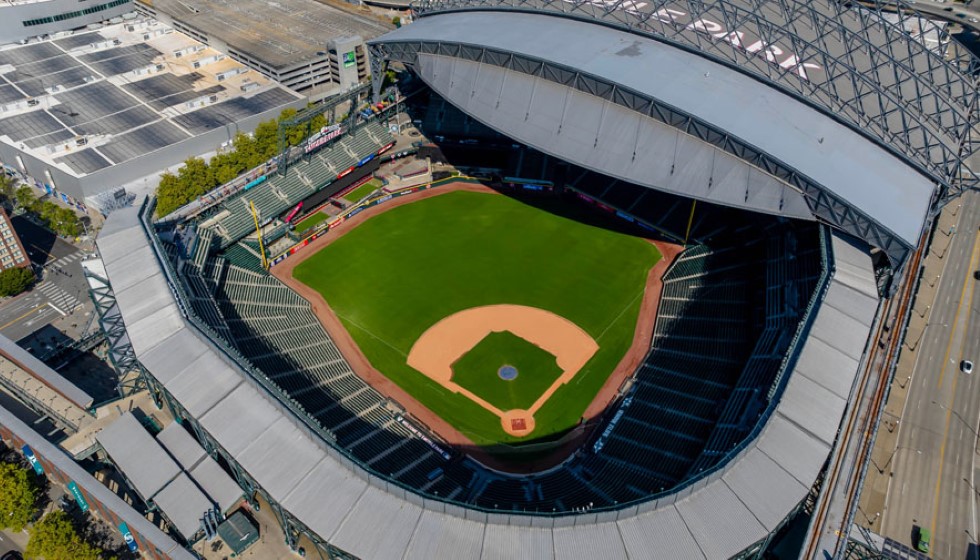
Automation on the Horizon: MLB's Future with ABS
Major League Baseball is on the cusp of a technological revolution that could transform the game as we know it. Commissioner Rob Manfred has hinted at the inevitable integration of the automated strike zone system, or ABS, a development that has been a topic of discussion and testing over the past few years.
In May, Manfred provided a glimpse of what's to come, suggesting that ABS could soon make its debut in the major leagues. The proposed challenge system will allow each team to appeal pitches to the automated ball-strike system, with a maximum of three challenges allotted per game. This pioneering approach is poised to redefine the way balls and strikes are called, adding a new layer of strategic depth to the sport.
The implementation of ABS is not without precedent. The system has already been trialed at various minor league levels, including Triple-A. Feedback from these trials has been instrumental in refining the technology and addressing any shortcomings. ABS will undergo rigorous testing during spring training, ensuring that any kinks are worked out before it is introduced in Major League Baseball. "One thing we learned with the changes last year is, a little more time is better than not enough time. Just in terms of making sure when you bring something to the big leagues, you've got to make sure you got it right," commented Manfred.
Insiders suggest that the trial phase for ABS could commence as early as 2025. This timeline allows ample opportunity for additional testing and adjustments, ensuring that the system is foolproof by the time it reaches the big leagues. The technology boasts impressive precision, offering accuracy to within a hundredth of an inch. "We have made material progress; the technology is good to 100th of an inch; the technology in terms of the path of the ball is pluperfect, number one," Manfred added, underscoring the reliability of ABS.
The move towards automation in calling balls and strikes has already been embraced on the international stage. The Korea Baseball Organization (KBO) implemented ABS this season, leading to interesting developments. The On-base Plus Slugging (OPS) in the KBO rose from .712 last year to .766 this year, a significant increase that has caught the attention of baseball analysts. This trend indicates that ABS might have a favorable impact on offensive statistics, potentially making games more exciting for fans.
Looking at the minor leagues, where ABS has been in use for some time, initial reactions included an uptick in strikeout and walk rates. However, over time, as the strike zone was fine-tuned, these rates stabilized. This evolution suggests a period of adjustment will be necessary once ABS is implemented in the majors, but the long-term benefits could be substantial.
Several current major league players have already encountered ABS during their stints in the minors or while on rehab assignments. Their experience and feedback will be invaluable in smoothing the transition to this new system. Manfred emphasized the importance of player input in this process: "We have listened – me, in particular, and I've carried a lot of this water with the owners – to player input on how they want to see it rolled out. Our focus, obviously, the second half of this year is on the challenge system, and that is almost 100% based on player feedback."
The introduction of ABS marks a significant milestone in the intersection of technology and sports, offering a glimpse into the future of baseball. As the league prepares for its eventual adoption, the focus remains on ensuring the system's precision and reliability. With careful planning and thorough testing, the MLB aims to elevate the game's integrity and accuracy, paving the way for a new era of baseball.